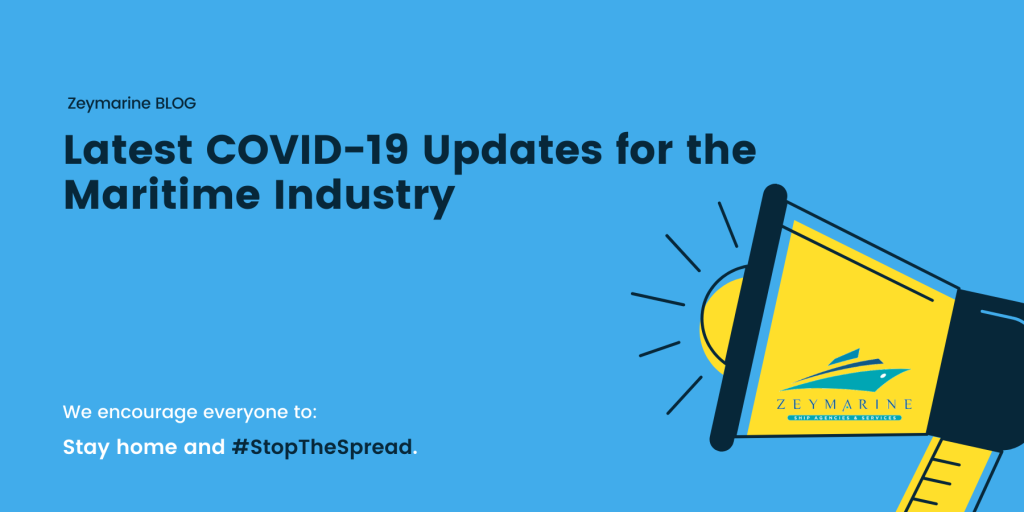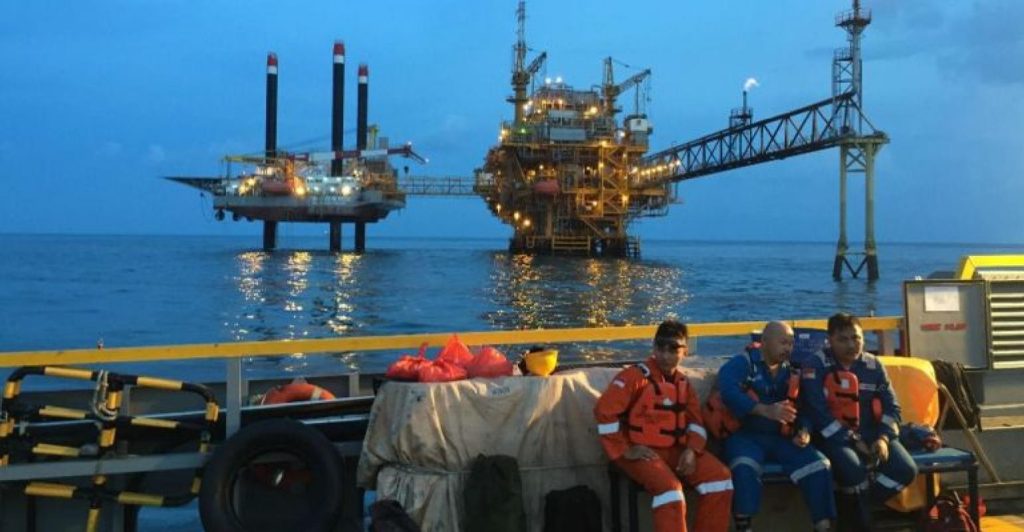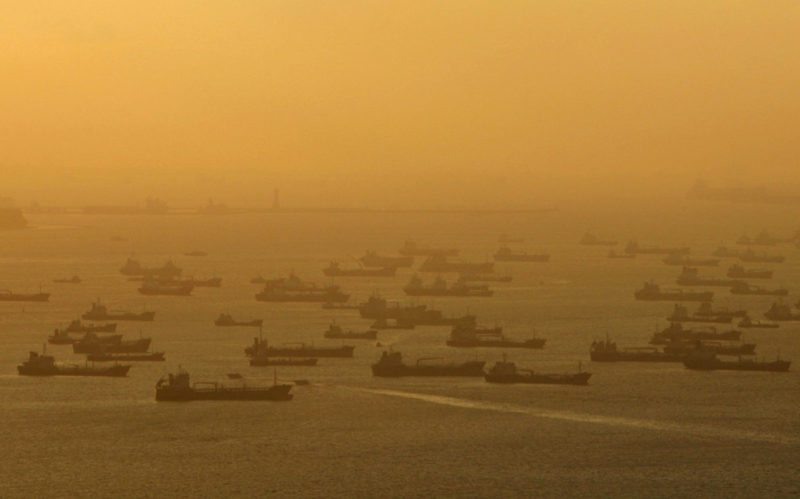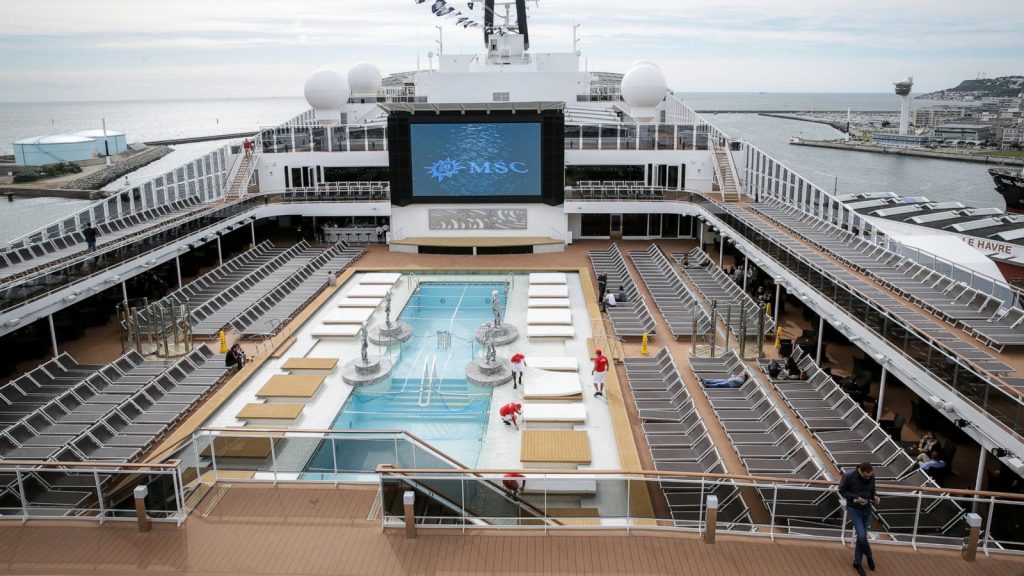
Let’s take a closer look at the latest effects of the coronavirus on the maritime industry.
As of April 7th, close to a 1,5 million coronavirus cases have been reported and 75,000 people have lost their lives. This pandemic has been negatively affecting the whole World: The individuals, the governments, the economies including almost all industries.

Let’s note the most important aspects and the latest events regarding the current situation of the industry.
How serious is it?
The International Monetary Fund (IMF) has declared that they expect the global economic outlook in 2020 to reach at least the same levels as the Global Financial Crisis of 2008.
The shipping industry is no different, if not worse. Trade has been severely impacted, charter rates are down, supply chains have been disrupted. As a combined result of the pandemic, the introduction of the 2020 sulphur cap by the International Maritime Organization, and the failed implementation of the US-China phase one trade agreement, the industry has been forced to operate in a limited way.
The Baltic and International Maritime Council (BIMCO) foresees that all sub-categories of shipping will soon feel the negative effects.

What’s the worst-case scenario in terms of economy?
Blanking of sailings triggered by the demand drop from the coronavirus pandemic could result in a USD 23 billion collective loss for container carriers in the worst-case scenario, Copenhagen-based consultancy Sea-Intelligence predicts.
The largest capacity withdrawal is seen in the Asia-Europe trade which is entering a 4-week period with 29-34% of the capacity having been removed from the market.
On the other hand, VesselsValue’s new Forecast Earnings module shows an optimistic outlook from mid-2020 across the dry bulk sector. Capesize earnings, in particular, are predicted to increase sixfold in the next 6 months, from $5,000 per day to $30,000 per day by October 2020.
How about the cruise industry?

More than 120 vessels in the last three weeks have been processed to remove 250,000 passengers from cruise ships due to the pandemic.
In times when the cruise industry is struggling to survive the coronavirus pandemic, a total of 114 cruise ships, carrying 93,000 crew members, are currently in or near US ports and waters, where has become the new center of the pandemic.
How is the situation in specific countries?
China, which accounts for an estimated 40% of business for container shipping companies, has resumed exporting. Therefore, shipping companies expect thousands of shipments to be stranded at seaports as the pandemic engulfs the U.S. and Europe.
Meanwhile, the delivery of 24,000 TEU containerships to South Korean shipping company HMM will not be delayed by the ongoing impact of the coronavirus pandemic on the shipbuilding industry.
The Indian government has decided to impose a three-week lockdown on March 24th. Workers at India’s Haldia Port have suspended all dry bulk vessel operations at the port after learning a supervisor had tested positive for COVID-19. In Pakistan, port city Karachi was placed into lockdown as well.
The United Arab Emirates (UAE) has decided to gradually lift the restrictions on crew changes enabling seafarers stuck in UAE to return to their homes.

What else is being done?
A charity crowdfunding campaign has been launched to raise funds for developing world seafarers and their families that have been severely impacted by the COVID-19 pandemic.
All funds raised will go to the International Seafarers’ Welfare and Assistance Network (ISWAN), a U.K. registered charity, and dispersed through their Seafarers Emergency Fund. Their membership includes seafarer associations throughout the developing world alongside shipping companies and shipping organizations.
References
World Health Organization – Novel Coronavirus (2019-nCoV) advice for the public







